Description
The Bar Kokhba Revolt, spanning from 132 to 136 AD, marks a significant chapter in the history of ancient Judea and the broader Roman Empire. This uprising, led by Simon Bar Kokhba, aimed to establish an independent state for the Jewish people and free Jerusalem from Roman rule. Understanding this revolt, especially in the context of Jerusalem in 134 AD, requires delving into the rich historical and cultural tapestry of the time, including the city’s depiction in Paleo-Hebrew, an ancient script used by the Hebrew people. This article explores the Bar Kokhba Revolt and the significance of Jerusalem during this tumultuous period, offering insights into the ancient struggle for freedom and identity.
Jerusalem in 134 AD: A Paleo-Hebrew Perspective
In 134 AD, Jerusalem stood at the heart of the Bar Kokhba Revolt, not only as a strategic and religious center but also as a symbol of Jewish identity and aspirations. The city’s name, inscribed in Paleo-Hebrew on coins and artifacts from the period, serves as a poignant reminder of its significance. This ancient script, used before the exile to Babylon, connected the revolt to a venerable lineage of Jewish history and culture, evoking a sense of continuity and resilience.
Under the leadership of Bar Kokhba, Jerusalem briefly reclaimed its status as the capital of an independent Jewish state. The minting of coins in Paleo-Hebrew was a defiant assertion of sovereignty and a rejection of Roman authority. These coins, beyond their monetary value, were powerful propaganda tools, conveying messages of hope and resistance to the Jewish population.
However, the Roman reconquest of Jerusalem in the latter stages of the revolt marked the end of this brief period of autonomy. The city was systematically razed, and its Jewish inhabitants were killed or expelled. Hadrian sought to erase Jewish presence from Jerusalem, renaming it Aelia Capitolina and rebuilding it as a Roman colony. The use of Paleo-Hebrew in Jerusalem’s name on revolt-era artifacts stands as a lasting testament to the city’s enduring role in Jewish identity and the unquenchable desire for self-determination.


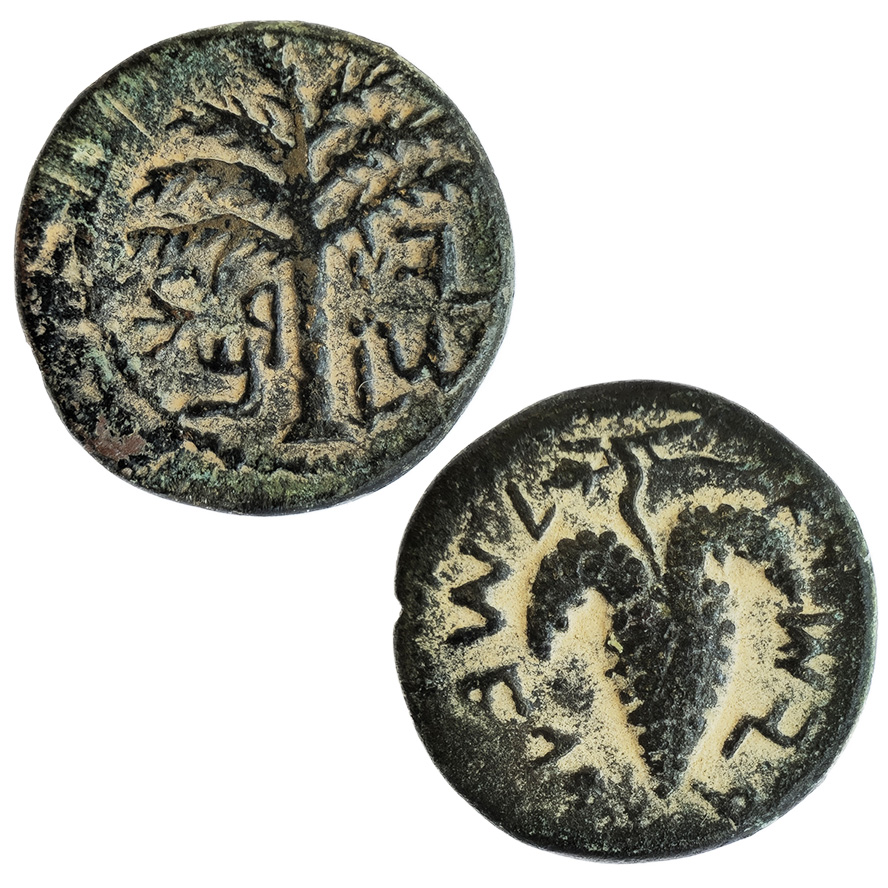

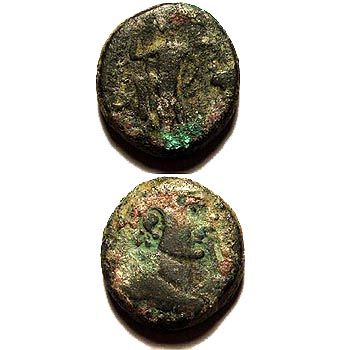
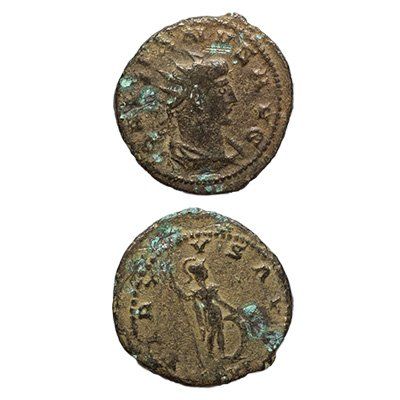
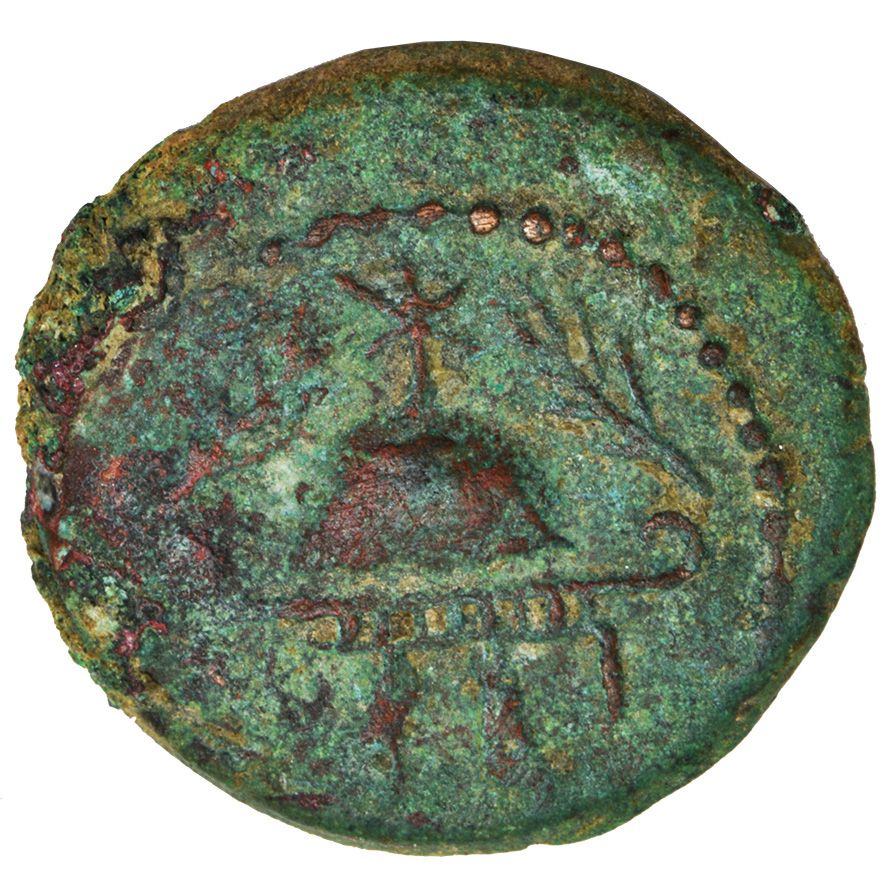
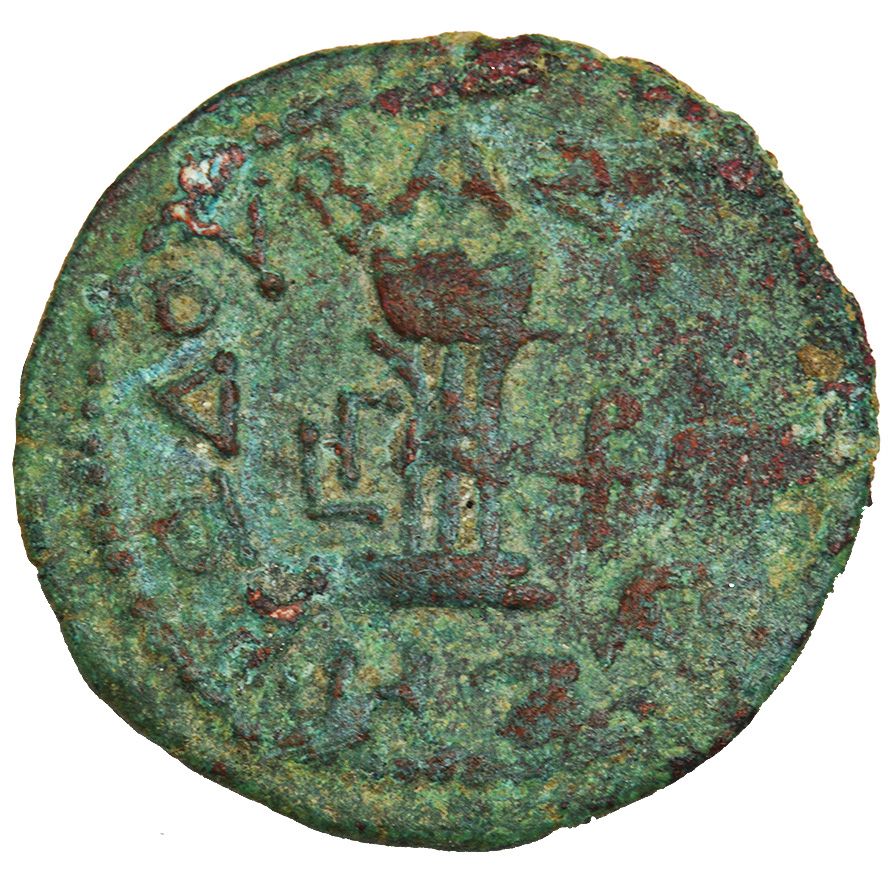
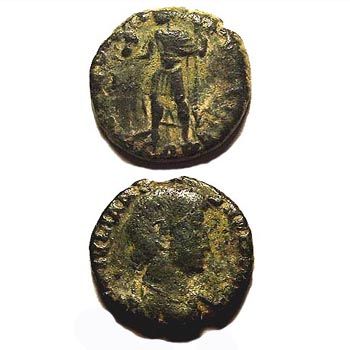
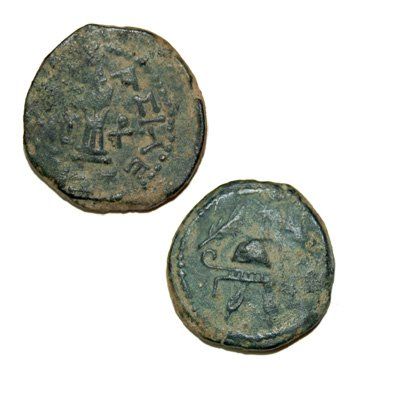
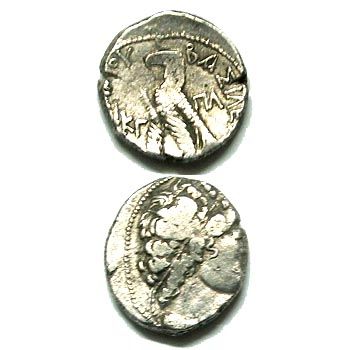
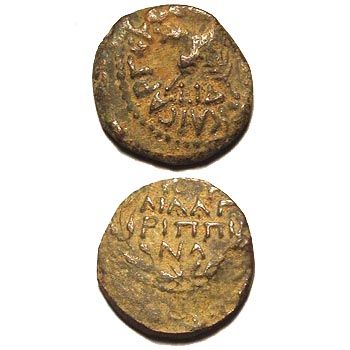
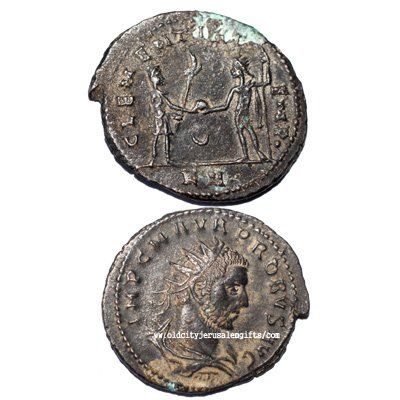

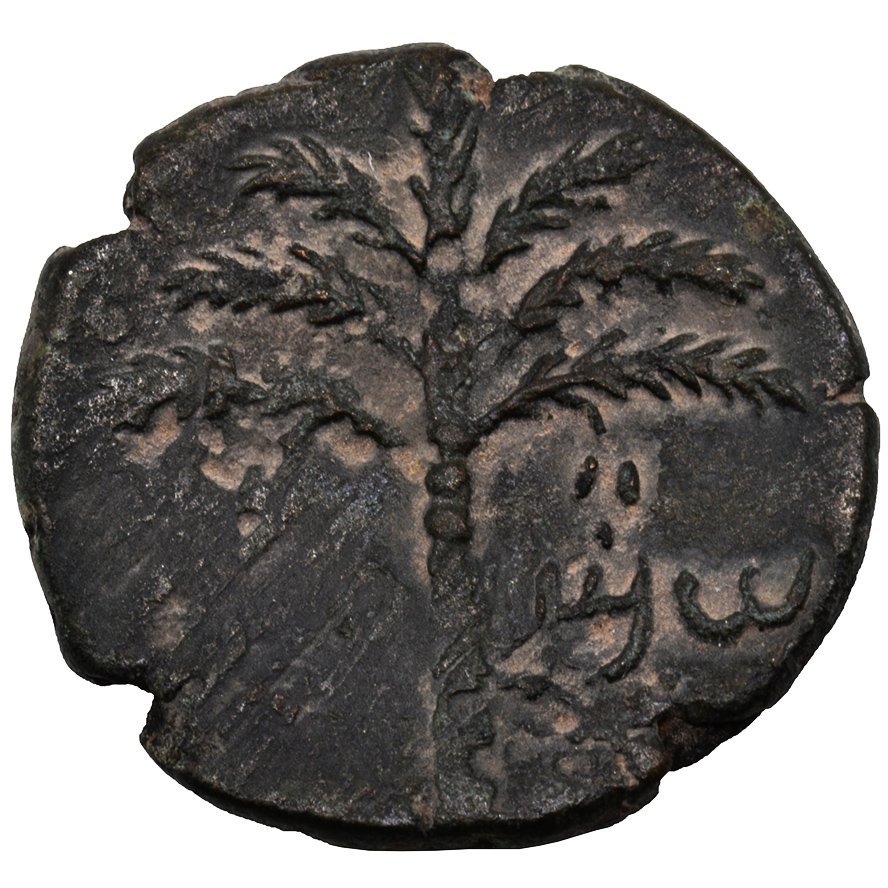
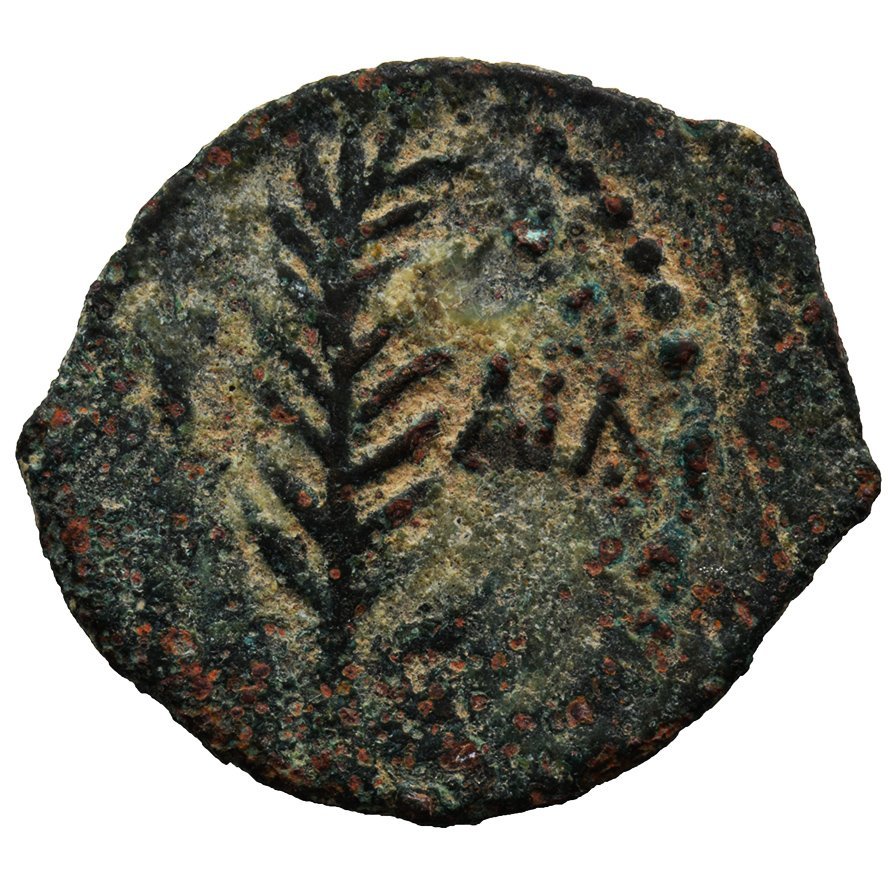

Reviews
There are no reviews yet.